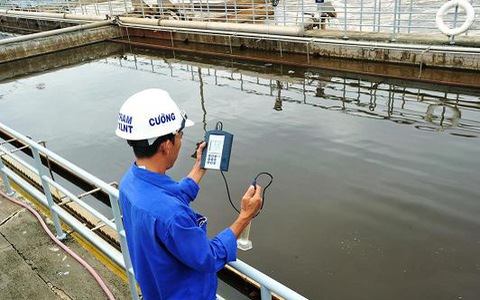What constitutes a soil pollution area, and how are such areas classified?
1. What is a soil pollution area?
According to Clause 1, Article 16 of the Law on Environmental Protection 2020, a soil pollution area refers to land where pollutant concentrations exceed permissible limits as prescribed by environmental technical standards, negatively impacting the environment and public health.
2. Classification of soil pollution areas
Soil pollution areas are classified under Clauses 2 and 3, Article 16 of the Law on Environmental Protection 2020, as follows:
- By source of pollution, transmission potential, and affected subjects: Areas are categorized based on their pollution sources, how pollutants spread, and the entities impacted by the pollution.
- By pollution severity: Areas are classified into three levels:
- Polluted areas
- Severely polluted areas
- Especially severely polluted areas

3. Responsibilities for soil environmental protection
Responsibilities for protecting soil environments, as outlined in Article 19 of the Law on Environmental Protection 2020, include:
Responsibilities of the Ministry of Natural Resources and Environment (MONRE):
- Establish detailed criteria for identifying and classifying soil pollution areas based on pollution severity.
- Lead and collaborate with other ministries, governmental agencies, and relevant entities to develop and implement plans for managing, rehabilitating, and remediating especially severely polluted soil areas as stipulated in Clause 3, Article 15 of the Law on Environmental Protection 2020.
- Conduct investigations, evaluations, and publicize information on soil quality.
- Submit remediation and rehabilitation plans for especially severely polluted soil areas to the Prime Minister for approval.
- Consolidate a list of soil pollution areas, update them in the national environmental database, and disclose information on such areas nationwide.
Responsibilities of the Ministry of National Defense and the Ministry of Public Security:
- Cooperate with provincial People’s Committees to manage, rehabilitate, and remediate soil pollution in areas designated for defense and security or other areas as required by law.
Responsibilities of provincial People’s Committees:
- Investigate, assess, identify, and delineate areas at risk of soil pollution and polluted areas within their jurisdiction. Assign responsibility to individuals or organizations causing pollution.
- Address soil pollution in areas classified as severely polluted or especially severely polluted per Clause 3, Article 15 of the Law on Environmental Protection 2020.
- Report soil pollution in inter-provincial or especially severely polluted areas to the Ministry of Natural Resources and Environment.
- Update information about polluted soil areas within their locality into the environmental database.
4. Regulations on soil quality management
Regulations for managing soil quality, as specified in Article 17 of the Law on Environmental Protection 2020, include:
- Soil quality must be investigated, evaluated, classified, and publicized according to legal provisions.
- Areas at risk of pollution must be monitored and supervised.
- Polluted soil areas must undergo investigation, evaluation, delineation, treatment, rehabilitation, and restoration.
- Land contaminated with dioxins from wartime herbicides, residual pesticides, and other hazardous substances must be investigated, evaluated, delineated, and treated to meet environmental protection standards.
Source: Compiled by NGO

 Tiếng Việt
Tiếng Việt





